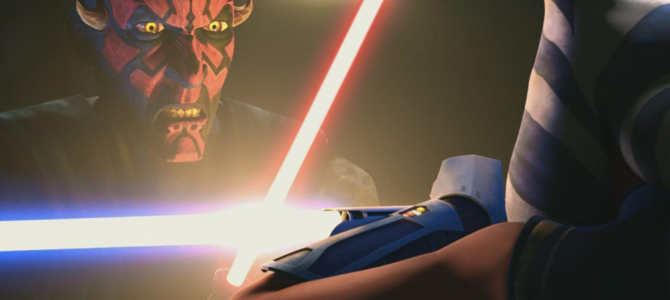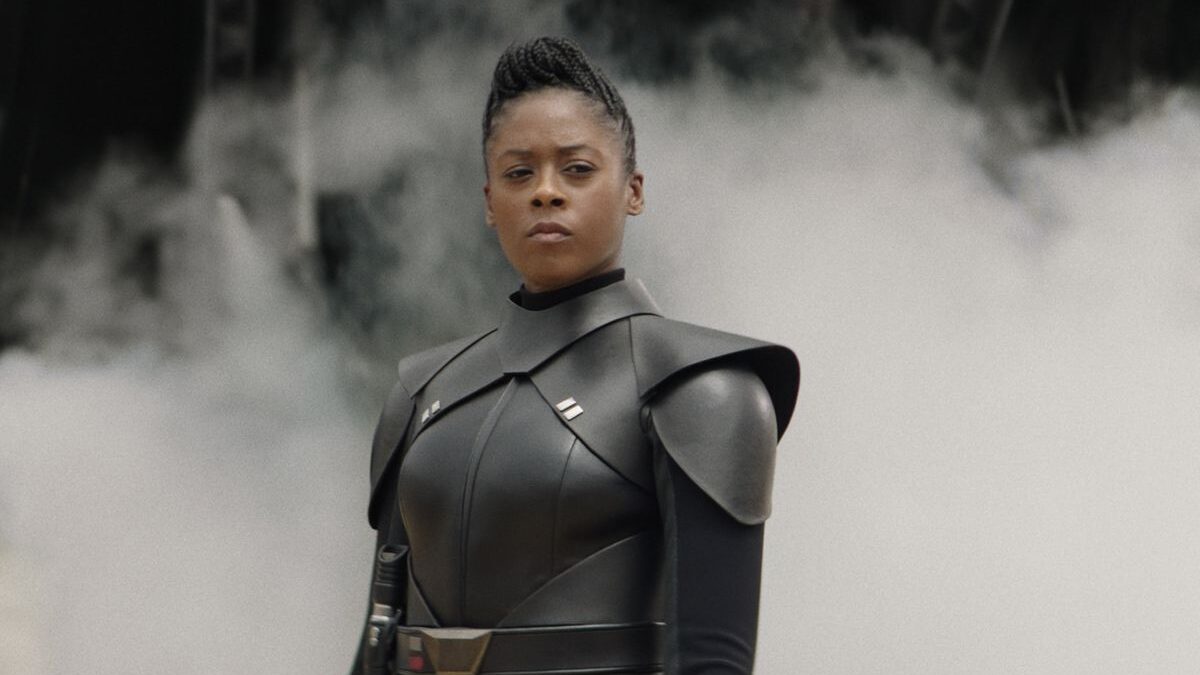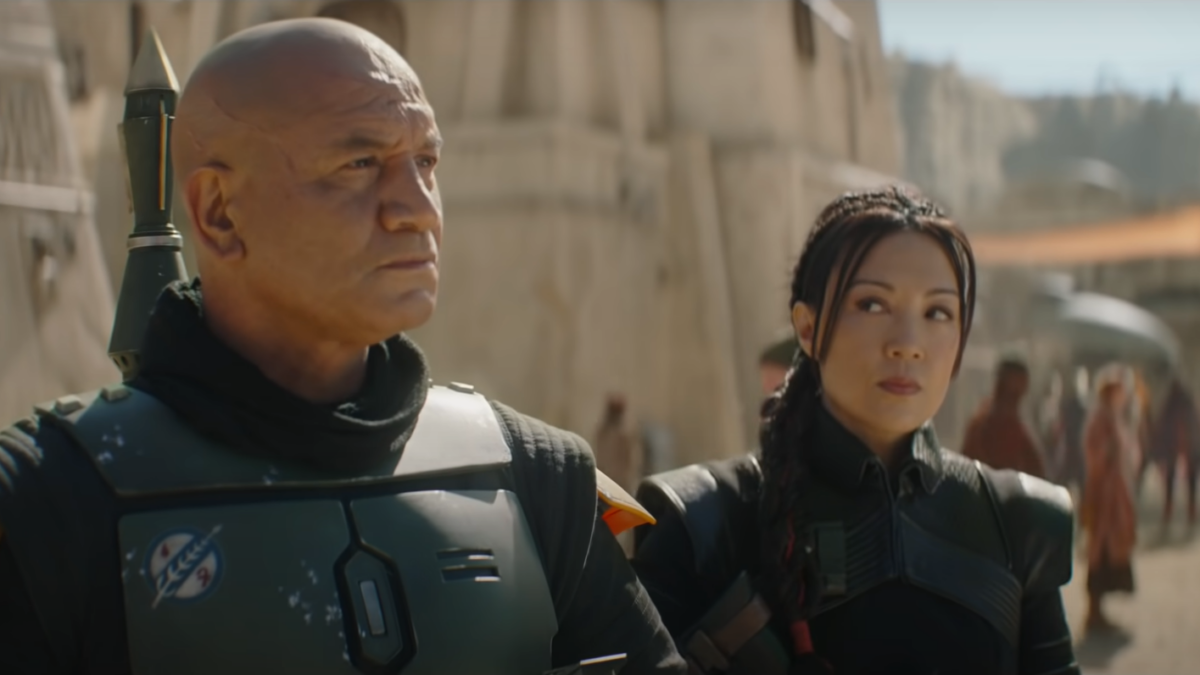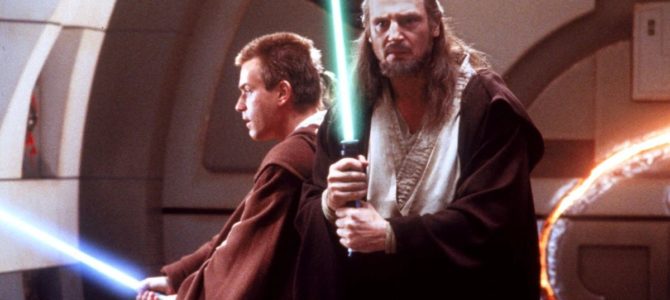
Warning: Spoilers Ahead.
In 2008 George Lucas debuted his last contribution to the Star Wars universe, with the computer animated “Star Wars: The Clone Wars.” What started as a feature film, became a weekly television series that chronicled the battles of the titular struggle that falls between Episodes II and III in the Skywalker Saga. What we learned in the seven seasons of “The Clone Wars” was central to understanding the entire story of Star Wars.
Lucas didn’t do a thorough job of explaining why Anakin was turned to the Dark Side of the Force in the Star Wars prequel films. He’s just a whiny adolescent whose fallen for a forbidden love. It was through “Clone Wars” that we really saw how that came to be. Dave Filoni, George Lucas and their talented group of actors, animators and musicians, told the real story of how Anakin Skywalker saw the flaws in the Jedi Order, the stale, festering nature of the Republic, and why the allure of direct control seemed like the only way out of his troubles.
Most of Anakin’s character growth came through the lens of two people: his Padawan Ahsoka Tano, and his clone trooper Captain Rex. I’ve written before about the importance of Ahsoka, her amazing character arc, and how she goes on to be a pivotal figure later in the Star Wars saga. This final season of “Clone Wars”, which was brought back for Disney+ after several years on the back burner, is cut into three parts. First is a portrait of the toll of war on loyal, weary soldiers. The “Bad Batch” story arc shows us Anakin’s steadfast Captain Rex trying to rescue a prisoner of war, a soldier of his long thought dead who is alive and being tortured by the enemy.
In this chapter, we see something rarely depicted in a cartoon: the horror of war. The clone troopers are torn because they know they only exist to wage this war, but so many of them have seen their brothers torn apart or killed by what seems to be a never ending struggle. This is something that visibly wears on Captain Rex. What makes it worse as a viewer is that we know the Emperor orchestrated the entire war, playing both sides against each other, and costing countless lives.
By the time we get to the second third of the final season, we’re given a look at how Ahsoka has dealt with life after leaving the Jedi Order at the end of season five. Ahsoka, now on the run, crashes her speeder bike on Level 1313 of Coruscant (a nice callback to the now canceled video game “1313” about the Star Wars underworld). Ahsoka meets the Martez sisters, who show her what normal people in the galaxy think of the Jedi: that they’ve abandoned their job as peacekeepers to fight a long, bloody, and needless war, leaving the common people to fend for themselves.
The last third of the season focuses on something that “Clone Wars” fans have been begging to see for years now: the Siege of Mandalore. When the “Clone Wars” was originally canceled after Disney bought Lucasfilm (it was on Cartoon Network, not a Disney property), fans were pissed that the series ended without its proper farewell. Dave Filoni had talked about how he wanted the show to end with the events of “Revenge of the Sith”, and a siege of Mandalore that would see Ahsoka fight Maul. We’ve had to wait a long time to finally see that story line play out, and the wait was well worth it.
What is clear, particularly in this chapter, but throughout the entirety of the last season is that Dave Filoni learned a lot from developing and directing “The Mandalorian” with Jon Favreau. The action is faster paced, more realistic and looks like a live TV series, not your typical cartoon.
In the “Siege of Mandalore” chapters we see Anakin give Ahsoka a parting gift before he goes off to the events of “Revenge of the Sith,” her own unit of clone troopers, led by her longtime friend, Rex. Now if you’re an avid Star Wars fan, you know that both Rex and Ahsoka make it out of this alive because they both show up later in “Star Wars: Rebels.” Rex even shows up among Han Solo’s ground team in “Return of the Jedi,” and next season it’s rumored that Ahsoka will be a major character in “The Mandalorian.” How they survive the siege, the battle with Maul and “Order 66” is another matter, and something that Filoni has masterfully executed. Even the music in these episodes, provided by Kevin Kiner (based of course on John Williams’ famous scores from the movies), drives the intensity, ratcheting up the tension to levels unseen in a cartoon series.
Where Filoni really shines though is the lightsaber showdown in “The Phantom Apprentice,” the climax of the siege, where Ahsoka and Maul battle it out for nearly half the episode. The lighting, the sound, the smoke, the sparingly used slow motion, everything about this episode is a piece of cinematic glory. It is the best lightsaber fight in all of Star Wars, and yes I know that’s a big title to bestow, but it’s true. For this fight, on the heels of what he learned doing a live action TV series, Dave Filoni brought in Ray Park, who portrayed Darth Maul in “Episode I,” and his cameo in “Solo”, plus a stunt performer from “The Mandalorian” to do motion-capture work on the lightsaber battle that his animators could then use as the basis for the on screen action. It was a brilliant move, as it brings a realism to the fight that you just wouldn’t get otherwise. It’s visually and emotionally stunning.
In the close of the story arc, and the series itself, we see Ahsoka deal with the unleashing of “Order 66”, the edict Darth Sidious gave in “Revenge of the Sith” that turned all the clone troopers against the Jedi. For Ahsoka that means that the clone troopers who just moments before were giving their lives to save hers suddenly were trying to kill her, including her longtime friend Rex. As he’s succumbing to the order though, Rex tries to resist it, shouting out to Ahsoka to “find Fives,” in reference to a story line from the “lost” sixth season of the show where one of the clones discovers the chip inside of him that the future Emperor would use to control all the clones and execute the Jedi. Ahsoka escapes the initial assault of her clones on board their Star Destroyer, and with the help of three intrepid droids (the unsung heroes of Star Wars), she finds out about the Emperor’s plan, captures Rex, and has the surgical droid remove his control chip.
In the grand finale, which aired as part of the Star Wars Day celebration, Rex and Ahsoka have to get off their crashing ship, with Darth Maul running rampant, and the entire clone garrison after them. It features a very touching moment where Rex realizes that he may have to kill the brothers he’s fought so hard side by side with all these years just to save his life. Ahsoka, always being a genuinely good person, insists that they only stun the troopers because someone may one day kill them, but it won’t be her or Rex.
After a harrowing escape that sees all their droids killed, the ship destroyed, and all the clones lost, Ahsoka and Rex take the time to bury each of their fallen comrades on the surface of the moon they’ve crash landed upon. Ahsoka puts each soldier’s helmet on a stake marking their grave in a scene reminiscent of “The Mandalorian” episode where the titular hero finds stormtrooper helmets on stakes as he enters a port. Ahsoka and Rex flee for their further adventures, but not before Anakin’s former Padawan tosses her lightsaber to the ground, throwing away her life as a Jedi forever.
Then, just as he did with “Rebels,” Filoni gives us an epilogue to this 12-year journey. Months, or perhaps years, later we see Darth Vader and an army of Stormtroopers combing through the wreckage of the Star Destroyer searching for survivors. Vader comes upon the buried clones, and the fallen lightsaber of his former friend. He picks it up, dusts off the accumulated snow, and ignites the blue blade once more.
Filoni has the camera focus on Vader’s helmet as he stares up at a bird circling in the sky. That bird is a Convor, which is closely associated with the Force, and is Ahsoka’s symbol throughout her time in the greater Star Wars storyline. Then he turns off the lightsaber, and walks away. The final shot of “The Clone Wars” is Vader’s reflection in the cracked helmet of a fallen clone from Ahsoka’s division in the midst of the blowing snow. It’s a cathartic moment more than a decade in the making.









